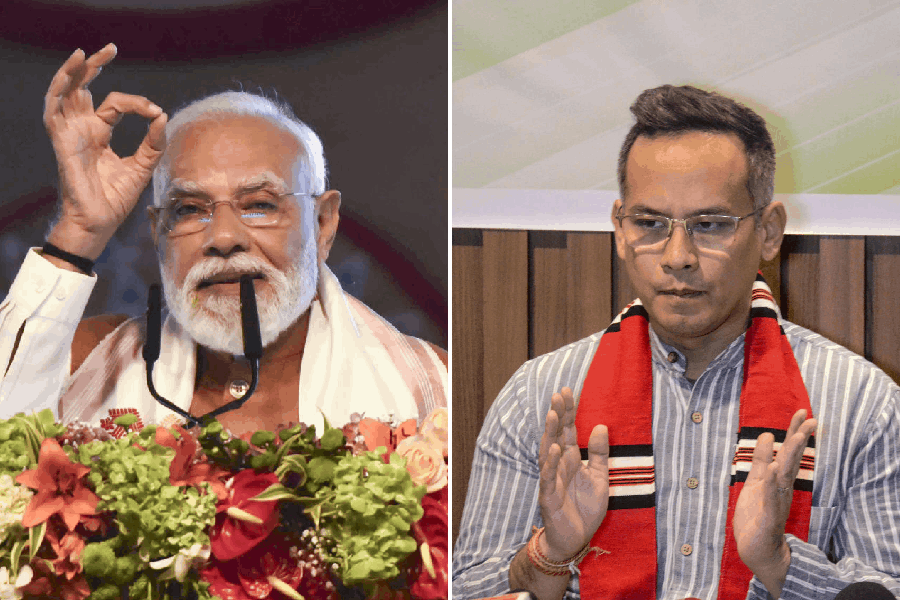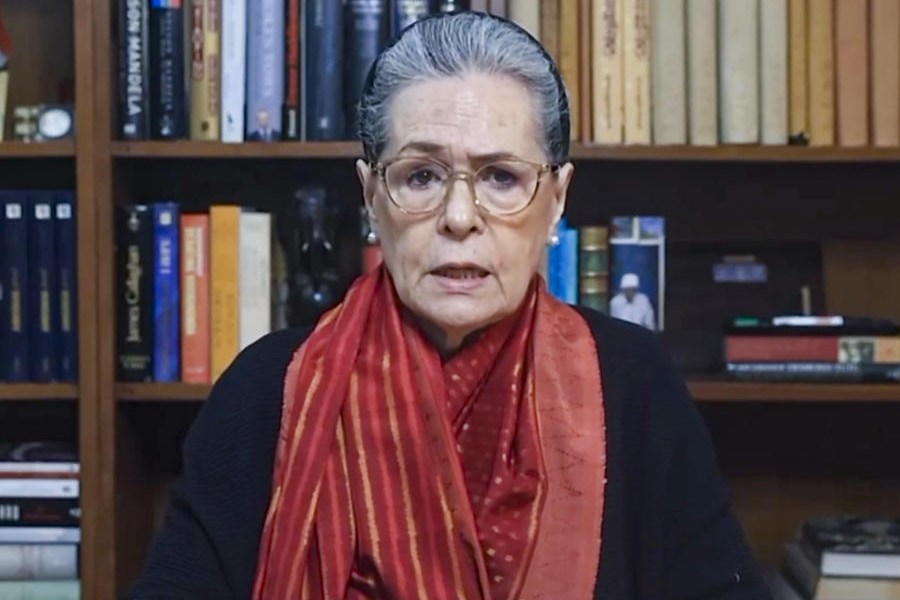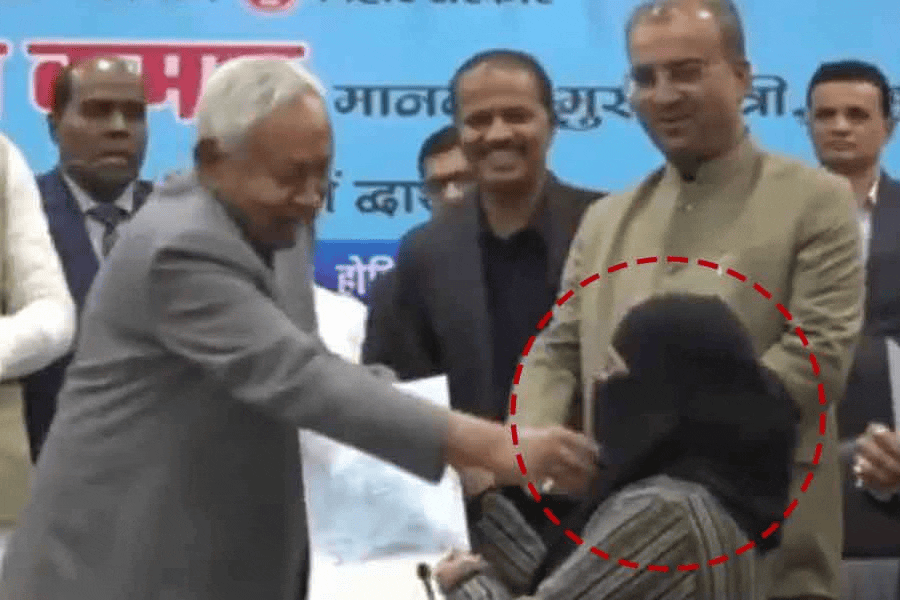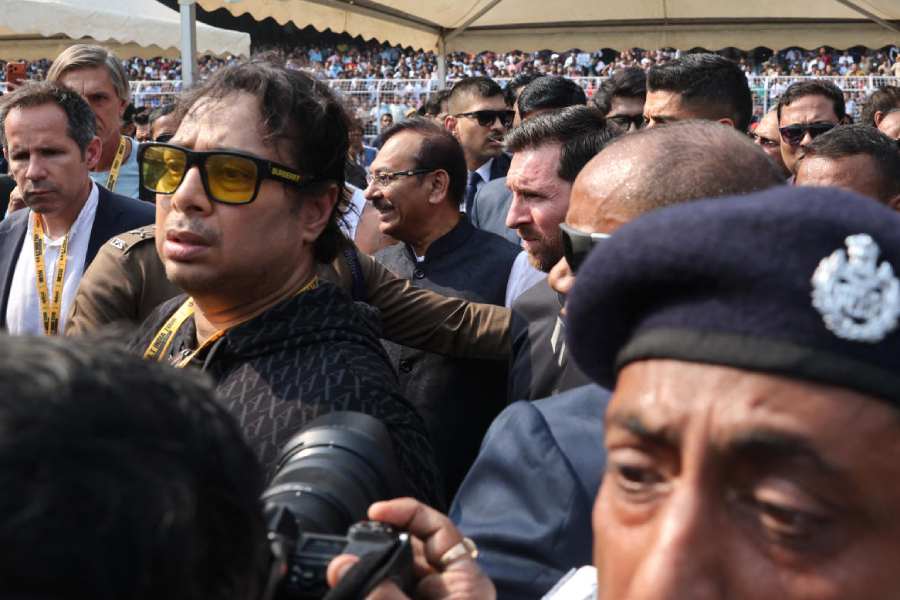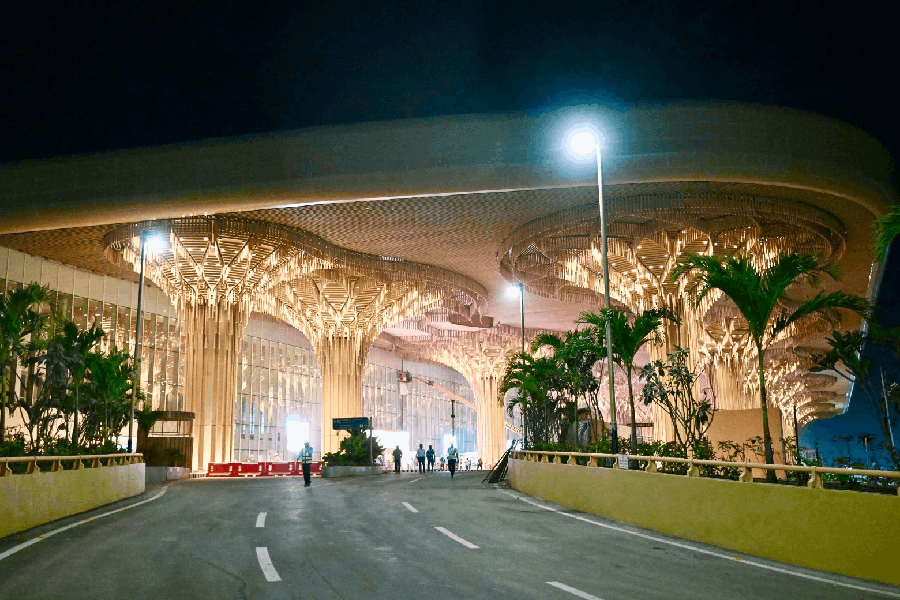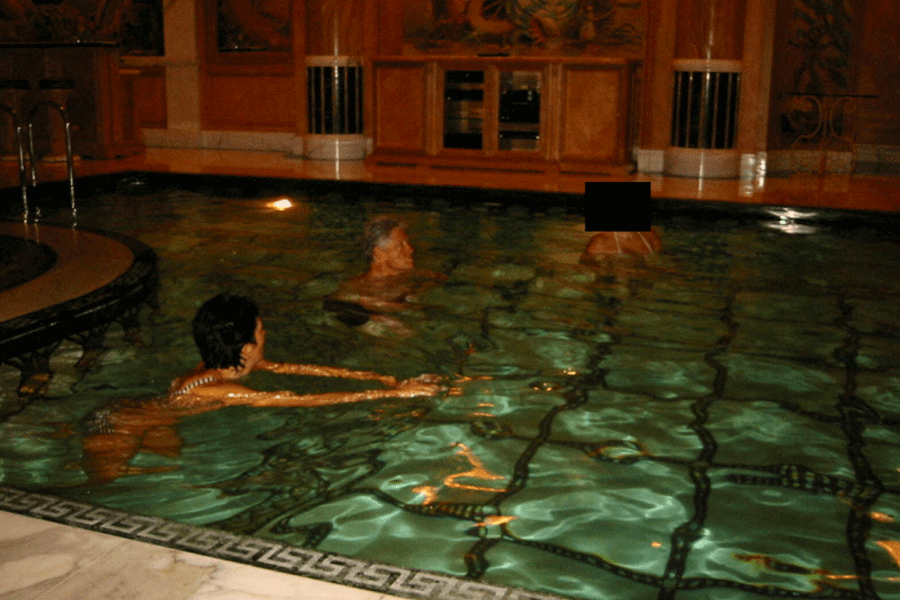 |
Alkaap Pala Gaan is an ancient folk-drama of eastern India, originating possibly in and around Murshidabad district, and then spreading to the adjoining districts of Malda and even Dumka and Purnia in Bihar. Alkaap is an amalgamation of music, dance and theatrical presentation. Opinions vary regarding its nomenclature as well. According to some, Alkaap (Aal-faal) was the name given to a group of rural performers, usually from the low socio-economic strata, who were like wandering minstrels. Their performances were usually serio-comic in nature, urging people to discard foreign goods and use homogenised swadeshi goods. Again, some believe Kaap means ‘kavya’ (verse) and Aal is part of the verse. Others believe it to be a gross form of entertainment comprising verses that provide cheap thrills and are enacted with seductive gestures. Usually 10 to12 people are involved in the presentation of a pala. The central character of an Alkaap is a youth (known as Chhokra), who enacts the role of a woman, Other than him, there’s one ‘Kepe’, a ‘Chhoradaar’ (poet), an ‘Ostaad’ (director), a harmonium player, a percussion player (Dugi-baadak) and ‘Dohaari.’ Alkaap is presented in five parts: Asar Vandana, Chhora, Kaap, Baithaki Gaan and Khemta Pala. Alkaap is a reflection of rural society and gives an authentic picture of the socio-economic condition of the people. However, like many other folk forms, Alkaap was gradually dying but for an enthusiastic researcher, Jhumki Saha, who is trying to revive the form. A folk singer herself, Saha delved deep into rural art and culture and re-discovered the beauty of Alkaap. This evening, she presents Shudkhor, an Alkaap Pala Gaan by Karunakanta Hazra and group of Murshidabad.
When: Today at 5.30 pm
Where: Kala Kunj


